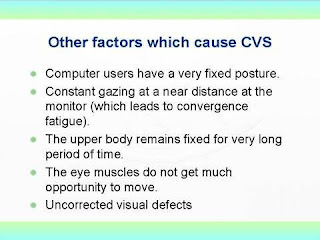 Backache treatment using Garlic
Backache treatment using Garlic
The most important home remedy for backache is the use of garlic. Two or three cloves should be taken every morning to get results. An oil prepared from garlic and rubbed on the back will give great relief. This oil is prepared by frying ten cloves of garlic in 60 ml of oil in a frying pan. Any of the oils which are used as rubefacients, such as mustard oil. sesame oil, and coconut oil can be used according to one's choice. They should be fried on a slow fire till they are brown. After the oil has cooled, it should be applied vigorously on the back, and allowed to remain there for three hours. The patient may, thereafter, take a warm-water bath. This treatment should be continued for at least fifteen days.
Backache treatment using Lemon
Lemon is another useful remedy for backache. The juice of one lemon should be mixed with common salt and taken by the patient twice daily. It will give relief.
Backache treatment using Chebulic Myroblan
The use of chebulic myroblan is beneficial in the treatment of backache. A small piece of this fruit should be eaten after meals. This will give quick relief.
Backache treatment using Vitamin C
Vitamin C has proved valuable in case of severe backaches. About 2,000 mg of this vitamin should be taken daily for treating this condition. Considerable improvement will be noticeable within two days.
Backache treatment using Potato
Raw potato is an ancient home remedy for backache, characterised by incapacitating pain in the lumbar region, especially in the lower part of the back. Application of raw potato in the fom of a poultice has been found very effective in this condition.
Dietaries for Backache
Salad of raw vegetables, plenty of fruits
The diet of those suffering from backache should consist of a salad of raw vegetables such as tomato, carrot, cabbage, cucumber, radish, lettuce, and, at least two steamed or lightly cooked vegetables such as cauliflower, cabbage, carrot, spinach, and plenty of fruits, except bananas. The patient should have four meals daily. Fruit and milk are advised for breakfast, steamed vegetables and wholewheat chapatis for lunch; fresh fruit or fruit juice in the evening; and a bowl of raw salad and sprouts during dinner.
Avoid fatty, spicy fried foods and processed foods
The patient should avoid fatty, spicy, and fried foods; curd, sweetmeats and sugar; condiments; and tea and coffee. Foods that have been processed for preservation have few nutrients and should also be eliminated from the diet.
Other Backache treatments for back pains
Avoid smoking and tobacco intake
Smoking or taking tobacco in any from should be given up completely.
Hot fomentation and alternate sponging
Hot fomentation, alternate sponging, or application of heat to the back will also give immediate relief.
Yogic asanas are also useful
Yogic asanas which are beneficial in the treatment of backache are bhujangasana, shalabhasana, halasana, uttanpadasana and shavasana.














